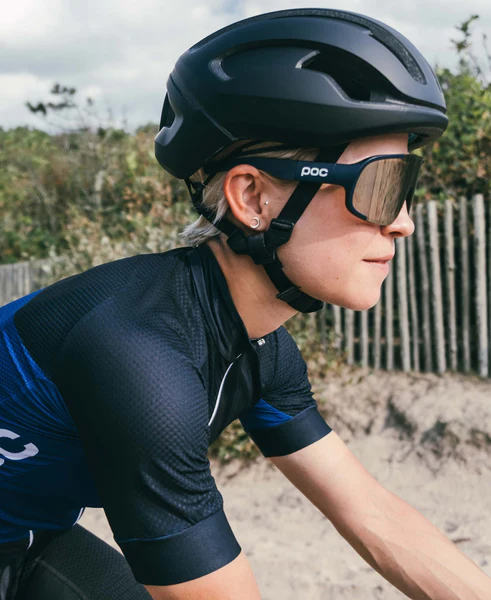The Latest Trends in Bike Glasses Design: Design Trends and Innovations
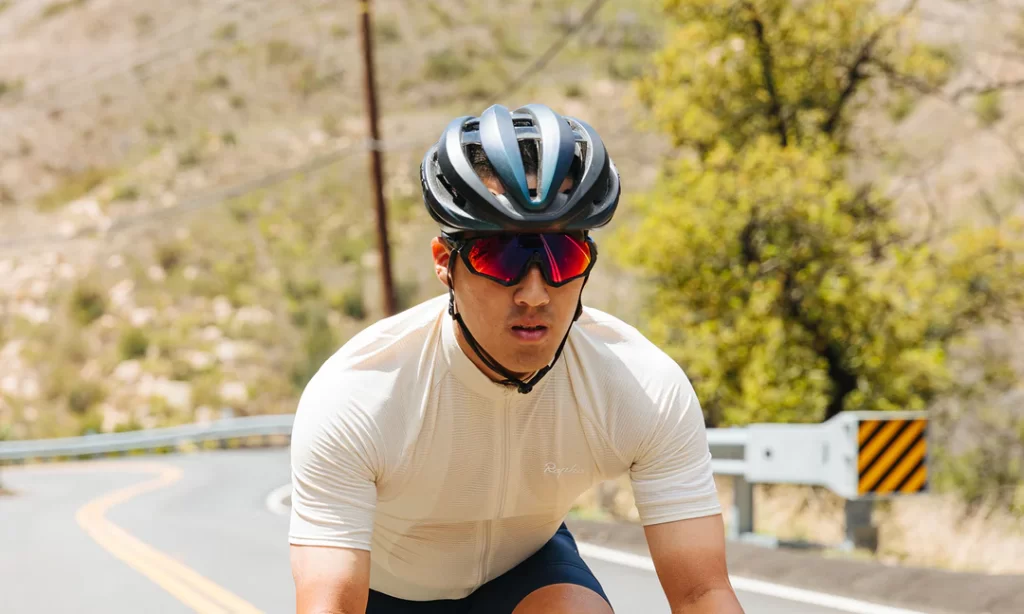
Key Point Summary of The Latest Trends in Bike Glasses Design:
- Enhanced Field of Vision: Modern designs focus on expanding the peripheral vision to improve safety and performance.
- Transition Lenses: Lenses that adjust to lighting conditions, providing optimal visibility at all times.
- Lightweight Materials: The use of advanced materials for a barely-there feel.
- Aerodynamic Design: Shapes and contours that minimize air resistance and improve stability.
- Interchangeable Lenses: Flexibility to switch lenses based on weather conditions or personal preference.
- Integrated Technology: Features like heads-up displays (HUD) and connectivity with devices.
As someone who has navigated the thrilling downhills of mountain biking, the gritty paths of gravel biking, and the rigorous courses of cyclocross, I’ve seen firsthand the critical role that gear, especially bike glasses, plays in enhancing performance and safety. Bike glasses have evolved from mere protective eyewear to a statement of style and a showcase of innovative features.
The landscape of bike glasses design is in constant flux, driven by advances in technology and evolving cyclist expectations. Gone are the days when wearing bike glasses meant dealing with bulky frames and fogged lenses. Today’s designs are sleek, smart, and more functional than ever.
Enhanced Field of Vision
The push towards larger lenses and frameless designs is not merely a style statement; it’s a functional upgrade. These glasses offer an unobstructed view, crucial when you’re navigating through tricky trails or busy roads. This trend towards maximizing visibility not only enhances safety but also boosts confidence on diverse terrains.

Transition Lenses: Adapting to the Environment
Remember the hassle of swapping glasses when moving from bright sunlight into the shade? Transition lenses have become a game-changer. These smart lenses automatically adjust to lighting conditions, darkening under bright sunlight and clearing up in lower light. This feature is invaluable for long rides, where conditions can change from one moment to the next.
Lightweight Materials: The Quest for Comfort
Advanced materials like Grilamid TR90 have revolutionized frame design, offering durability without the weight. The result is glasses so light and comfortable; you barely notice they’re there. This is a boon during long rides, where even the smallest discomfort can become a distraction.
Aerodynamic Design: The Need for Speed
Aerodynamics isn’t just for bikes. The latest bike glasses feature wind-tunnel-tested shapes that reduce drag and prevent them from being whipped off your face at high speeds. Some designs also include strategically placed vents to deter fogging, maintaining clear vision regardless of the pace.
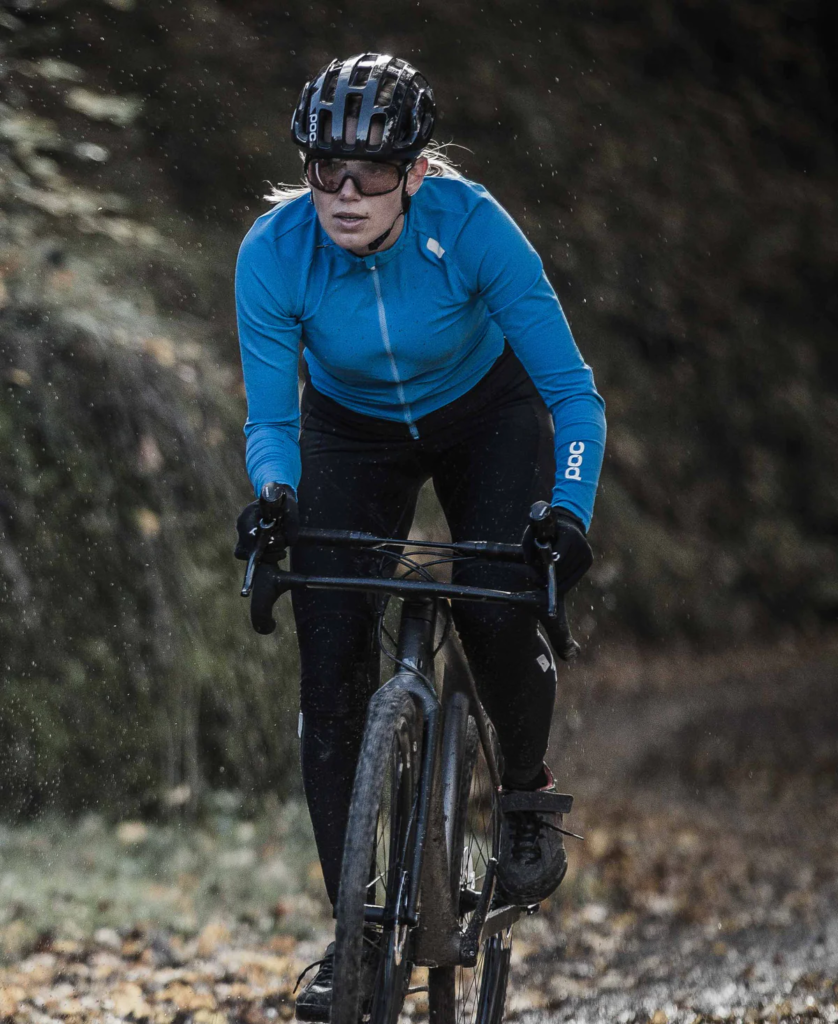
Interchangeable Lenses: Versatility in Vision
The weather is unpredictable, and so are the demands of different cycling disciplines. Interchangeable lenses have become more common, allowing cyclists to tailor their eyewear to the conditions, whether that’s swapping to a clear lens for a late evening ride or a tinted one for sunny days. This flexibility ensures optimal vision and protection in any scenario.
Integrated Technology: The Future is Here
Imagine glancing at your glasses to see your speed, heart rate, or navigation cues. It’s not science fiction; it’s the direction in which bike glasses are headed. Some high-end models now integrate heads-up displays (HUD), offering real-time data without the need to look away from the road. This blend of technology and functionality represents the pinnacle of bike glasses innovation.
The Latest Trends in Bike Glasses Design: Final Thoughts
Reflecting on my cycling journey, I recall the days of dealing with subpar eyewear, which did little more than protect me from debris. The evolution to today’s high-tech, stylish, and functional glasses has been remarkable. Whether it was the transition lenses that kept me focused as I moved in and out of the shadows on a dense trail or the lightweight frames that I forgot I was wearing during a century ride, the advancements in bike glasses have directly impacted my riding experience for the better.
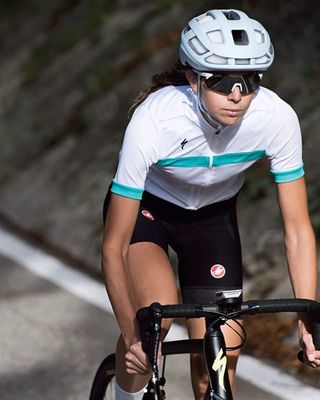

The latest trends in bike glasses design represent a blend of style, innovation, and functionality. As cyclists, whether we’re weaving through traffic, tackling rugged trails, or racing against the clock, our eyewear no longer just protects us from the elements; it enhances our ride. The evolution of bike glasses is a testament to the cycling industry’s commitment to improving every facet of the cycling experience. For anyone from beginner to mid-level experience, understanding these trends and incorporating them into your gear selection can make a significant difference in your cycling adventures.
Oakley Flight Jacket: Known for their expansive field of vision and aerodynamic design, these glasses feature Oakley’s Prizm lenses, which enhance color, contrast, and detail for an optimized experience. The frameless design at the top of the glasses ensures an unobstructed view.
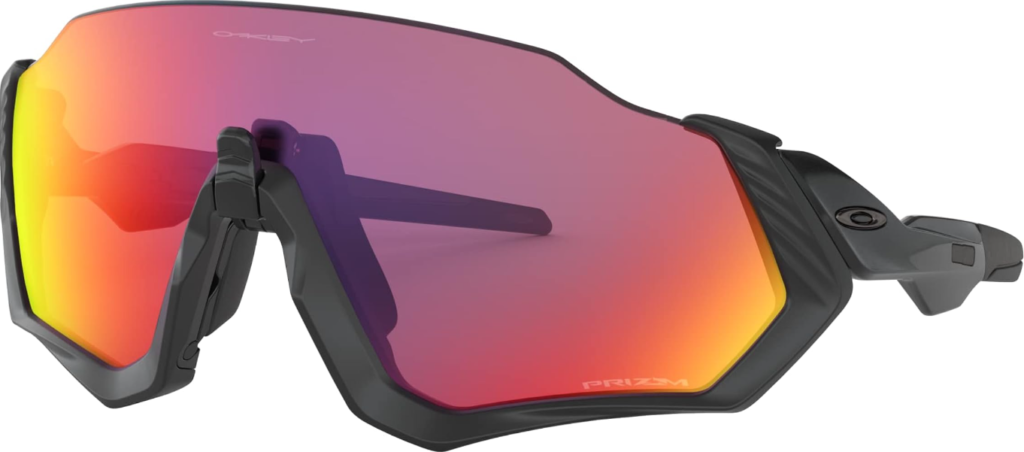
100% S3: Offering a blend of performance and style, the 100% S3 glasses feature lightweight, durable frames and interchangeable lenses to adapt to changing light conditions. They also boast a wide field of vision and hydrophobic lens coating to repel water and oil.

FAQ
What kind of glasses to wear when cycling?
Wear cycling-specific glasses with a wraparound design for maximum protection, UV filtering, and a wide field of vision. Look for features like anti-fog vents, impact-resistant frames, and interchangeable lenses for different light conditions.
What are the best lenses for cycling?
Photochromic or transition lenses are excellent for cycling as they adapt to changing light conditions, ensuring optimal visibility at all times. Polarized lenses reduce glare from surfaces like water and asphalt, enhancing clarity on sunny days.
What cycling glasses do the pros use?
Professional cyclists often use high-end brands like Oakley, 100%, and Rudy Project, favoring models with aerodynamic designs, high-contrast lenses for spotting road hazards, and lightweight, durable frames. Specific models vary based on sponsorship, personal preference, and the specific demands of their races.
Happy Cycling
John



